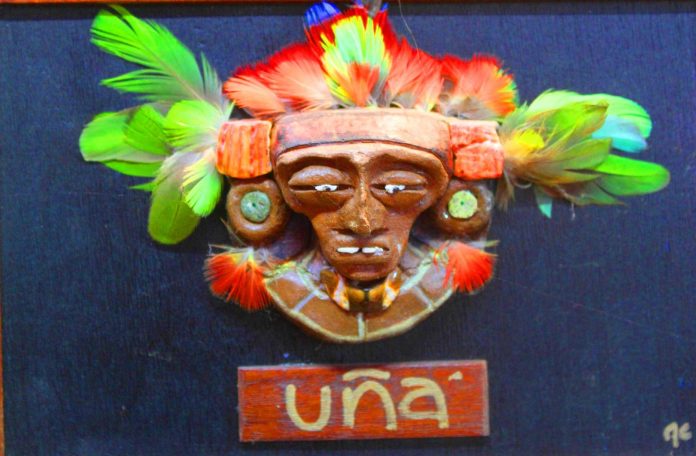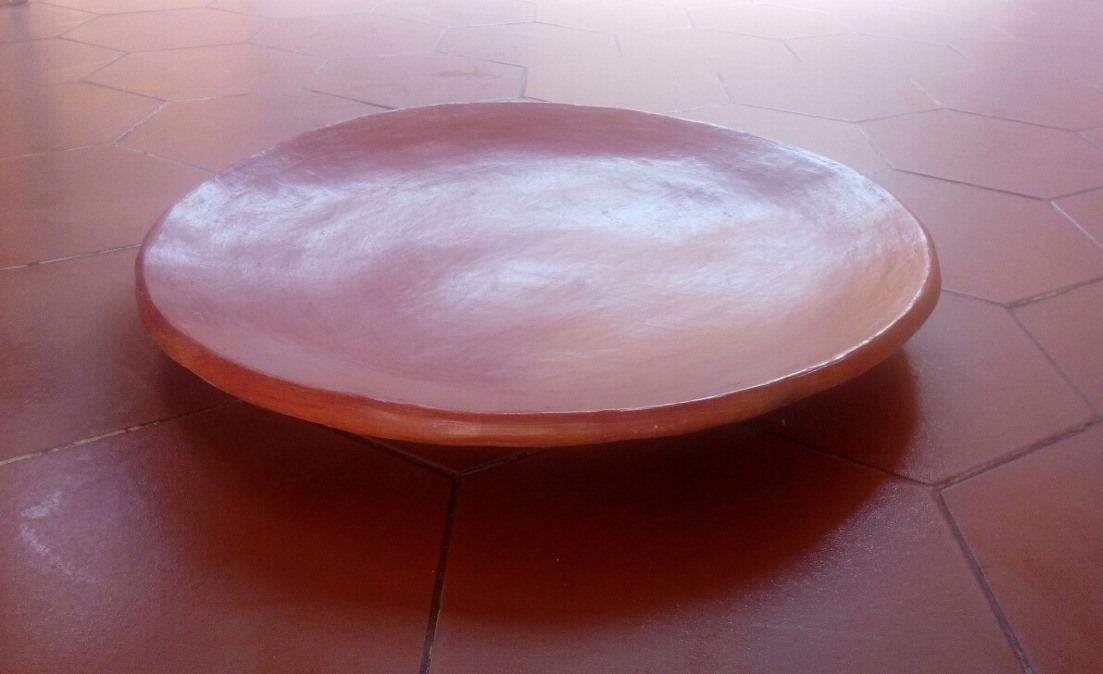Article by Etnia Nativa call us 592 2702 and book your experience!
Etnia Nativa, through Island Insight, shares native cultural awareness, educates and safeguards Aruba’s heritage, and encourages readers to experiment with an island keeper state of mind. Live and discover the true destination values behind our beaches. Discover more reasons to love Aruba through this native cultural blog.
In this episode, we will try to share our perspective regarding the native art of Aruba. Several series of ceramic designs have been discovered in the archaeological field. These one-of-a-kind decorations define an era as well as a cultural heritage identity. In Aruba, our Caquetian ancestors developed an original style clsified as Dabajuroid by prehistory scholars, a name related to the nearby city of Dabajuro in the southwestern region of the Venezuelan state of Falcón.
The designs used in our Etnia Nativa gallery are based on geometric decorations and motifs in the Dabajuroid style. By understanding decoration as a communicative instrument, our designs and productions start from the moment we locate the right source, to extract the same raw earth material that would have generated the products according to the procedure of the ancestral inhabitants of the island, who used local clay for their ceramic vessels and ritual objects.
The Dabajuro style is among the most complex works in this region. The classic painted on designs were made in red, black or white, including various forms of incision, applications and stippling were also part of their pottery décor.
The larger pots demonstrate the mastery and excellence of the Dabajuro potters, as it is difficult to bake such large pots in a simple open-air kiln. As soon as temperature differences develop within such kilns, large pots like these are prone to crack. The decorated pottery was finer and of superb quality. Two main decorating techniques have been applied: painted designs and applique modeling. The painted parts are mostly darker compared to the background color or lighter color of the boat. Colors such as brown, reddish brown, red, and black were used. The other decoration technique is modeling. From simple motifs like wavy edges and extra application rings around the edge of the vessel, more complex works like interpreting stylized animal heads like frogs, bats, birds, and turtles were created.
The clay works in our peculiar and unique museum reflect our energy in a mystical silence. Every shape and detail printed on what we create says something about who we are and what we represent as a cultural entity. Working with clay is a work of self-knowledge where creativity arises through emotion and fluidity. Etnia Nativa treats raw clay in the traditional indigenous way. We identify the best material by looking for raw clay. For this, we distinguish high-quality clay from the rest of the soil. Then, by adding water, we purify the material, thus contributing to the cleaning process. During this stage, the clay is purified, detoxified, and dehydrated to the point where it is ready to be molded into the desired shapes.
Consider tracing cultural and social transformations through works that incorporate all four major elements: earth, wind, fire, and water—a method that connects us with our ancestral origins through this simple and abundant material called clay, a billion-year-old material that gives our planet its name.
Every handmade piece is a unique ceramic design, pride it owner. For Etnia Nativa working with clay teaches us to be calm and relaxed in order to focus in to ourselves.
Now if you have been touched by our island`s life and you’re intrigued by its origins and cultural heritage, we encourage you to do something different outside the tourist grid. Become one of the exclusive visitors to the Etnia Nativa Experience, a private residential setting where you will be able to touch and be touched by an authentic Aruban assemblage of native art, archaic as well as archaeological artifacts, lithic tools, colonial furniture, and other collections. Get connected inside a recycled environment full of peace and relaxation, knowledge, information, and a grounded lifestyle.
Anthony, our acclaimed columnist, local artist, and island expert, has lived on Etnia Nativa since 1994, and he guides and lectures his guests through his resplendent home.The sole place to recreate and be introduced to an authentic glimpse into native Aruba Something completely different for a change—a contemporary Native Aruba experience! An appointment is required. + 297 592 2702 or.etnianativa03@gmail.com




















